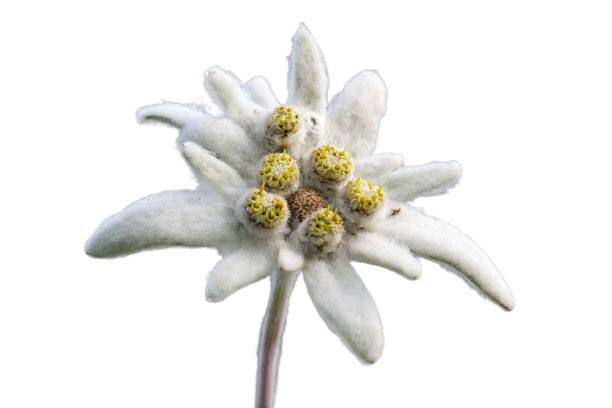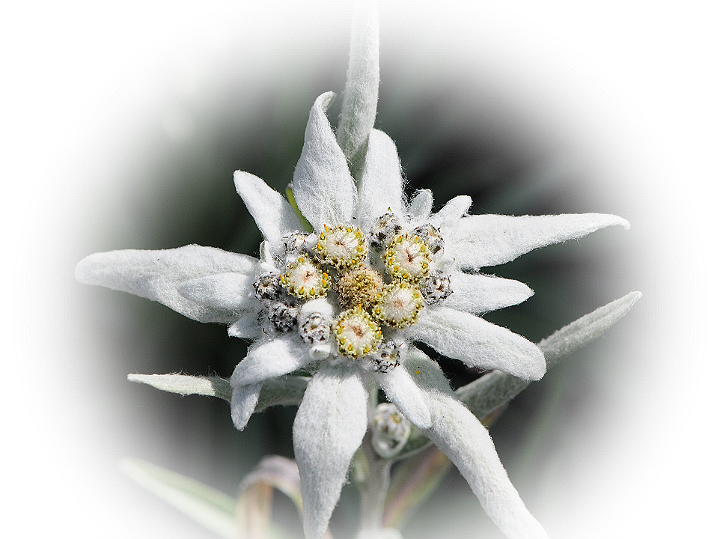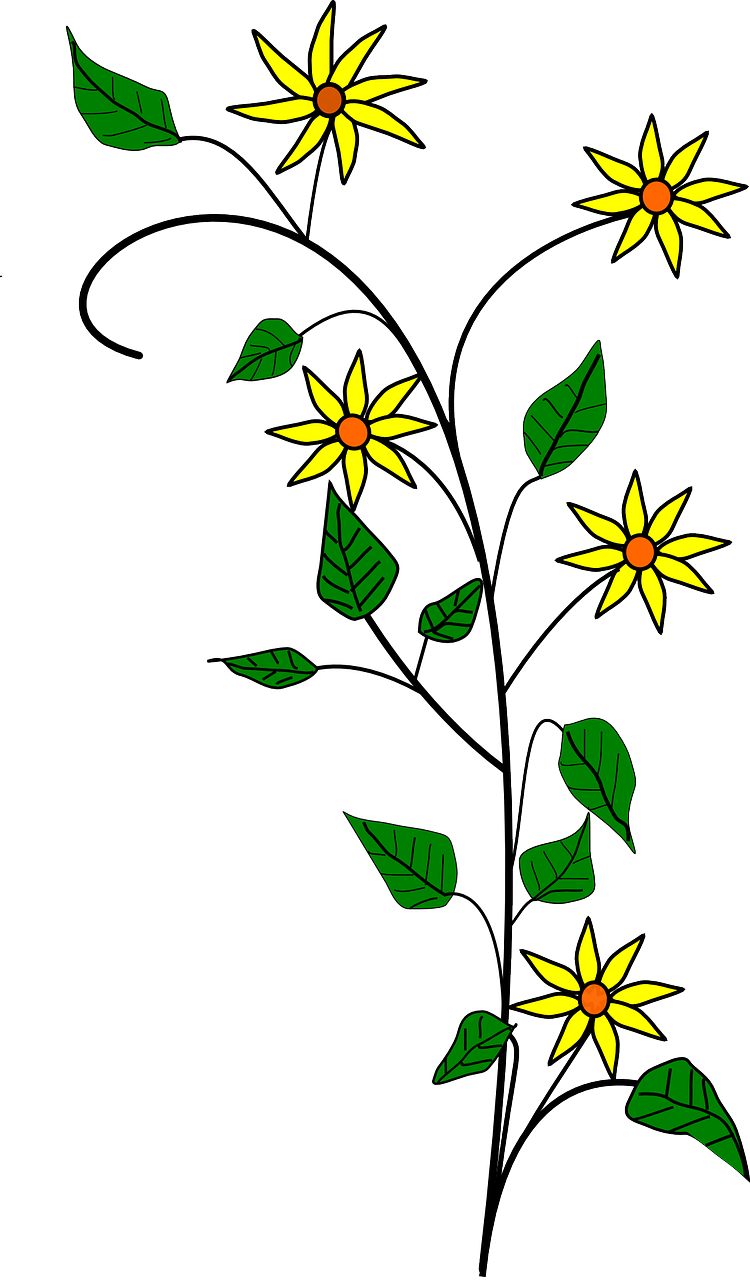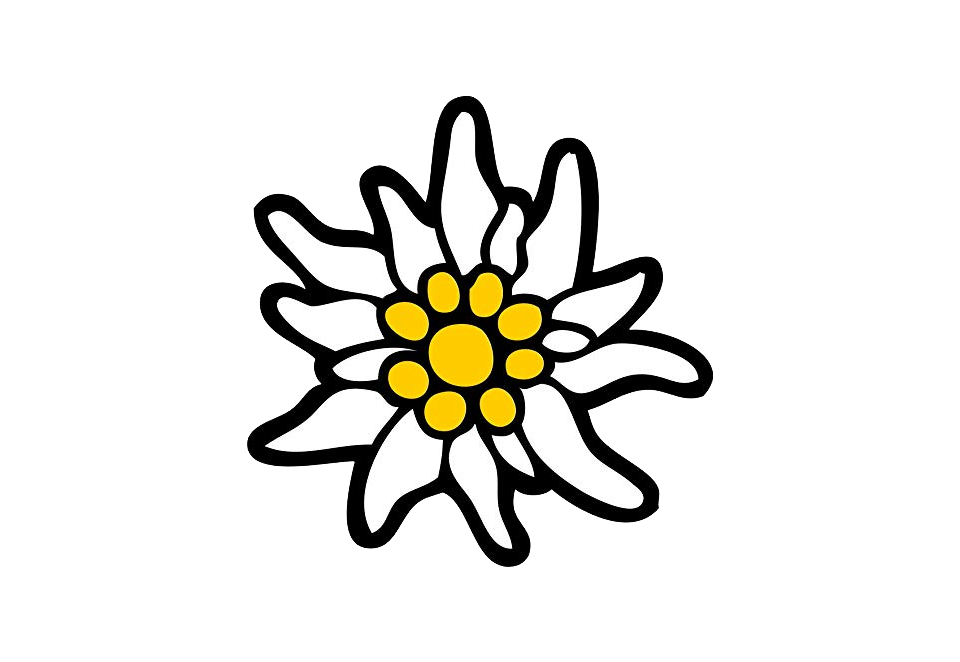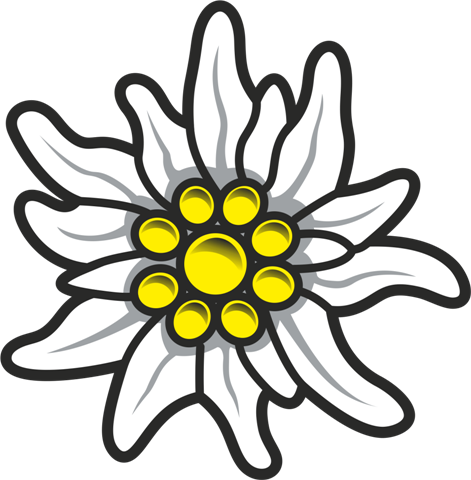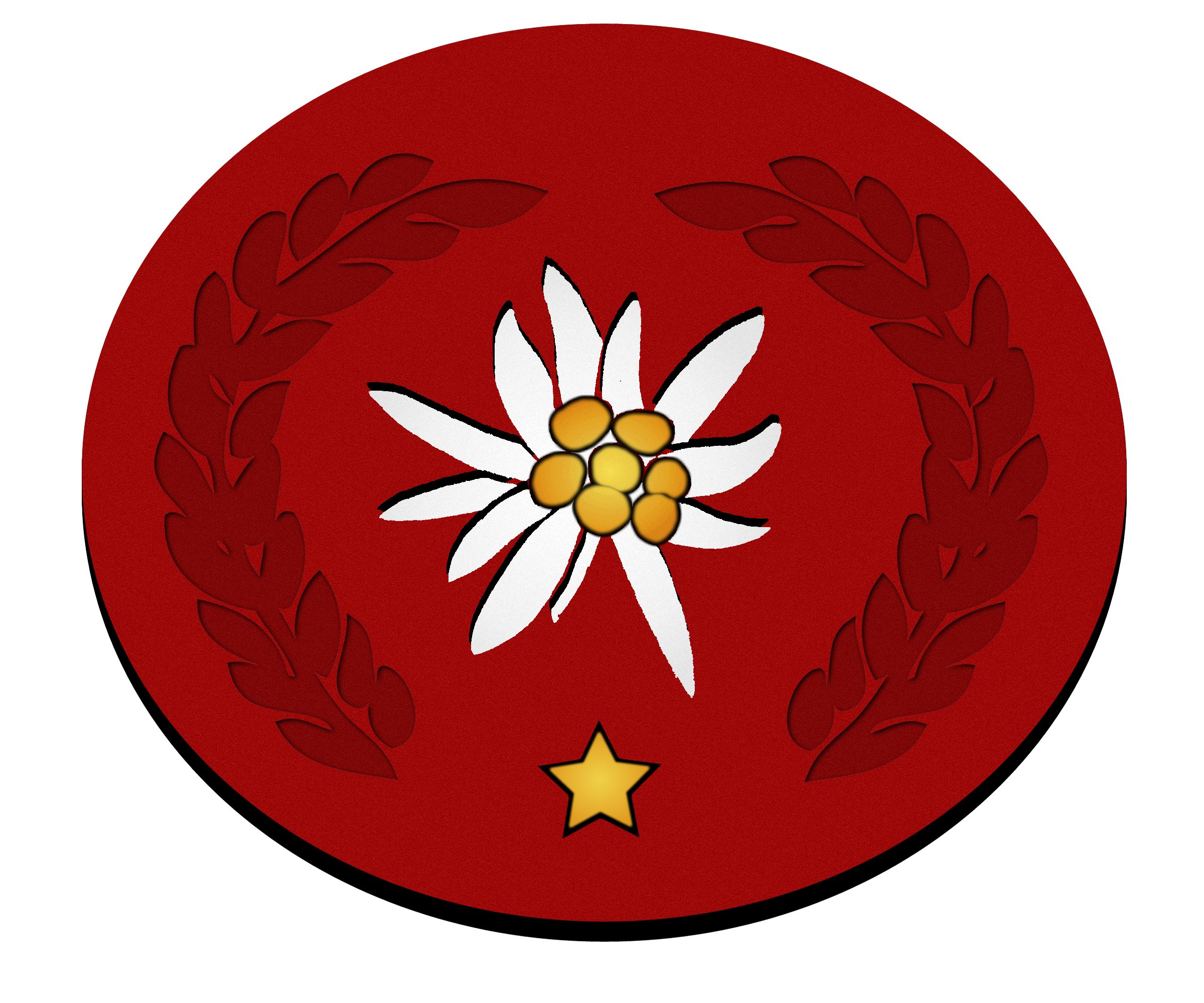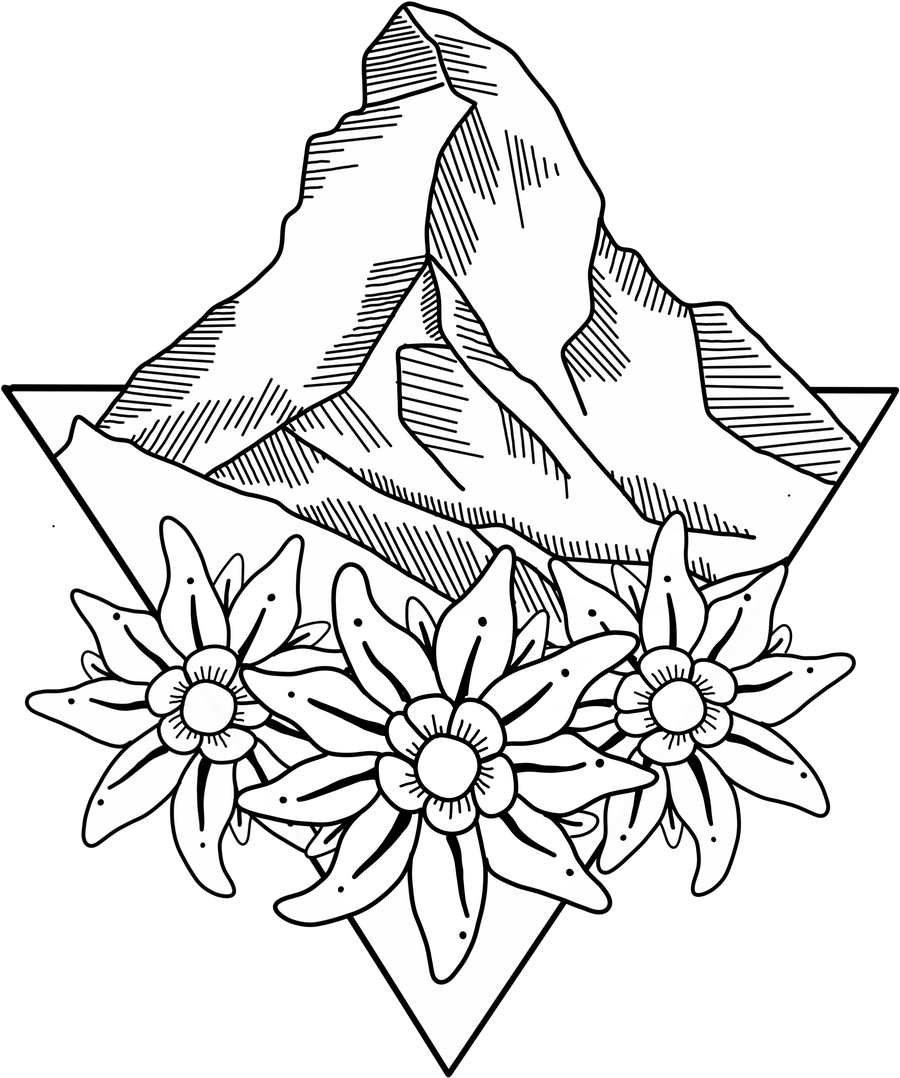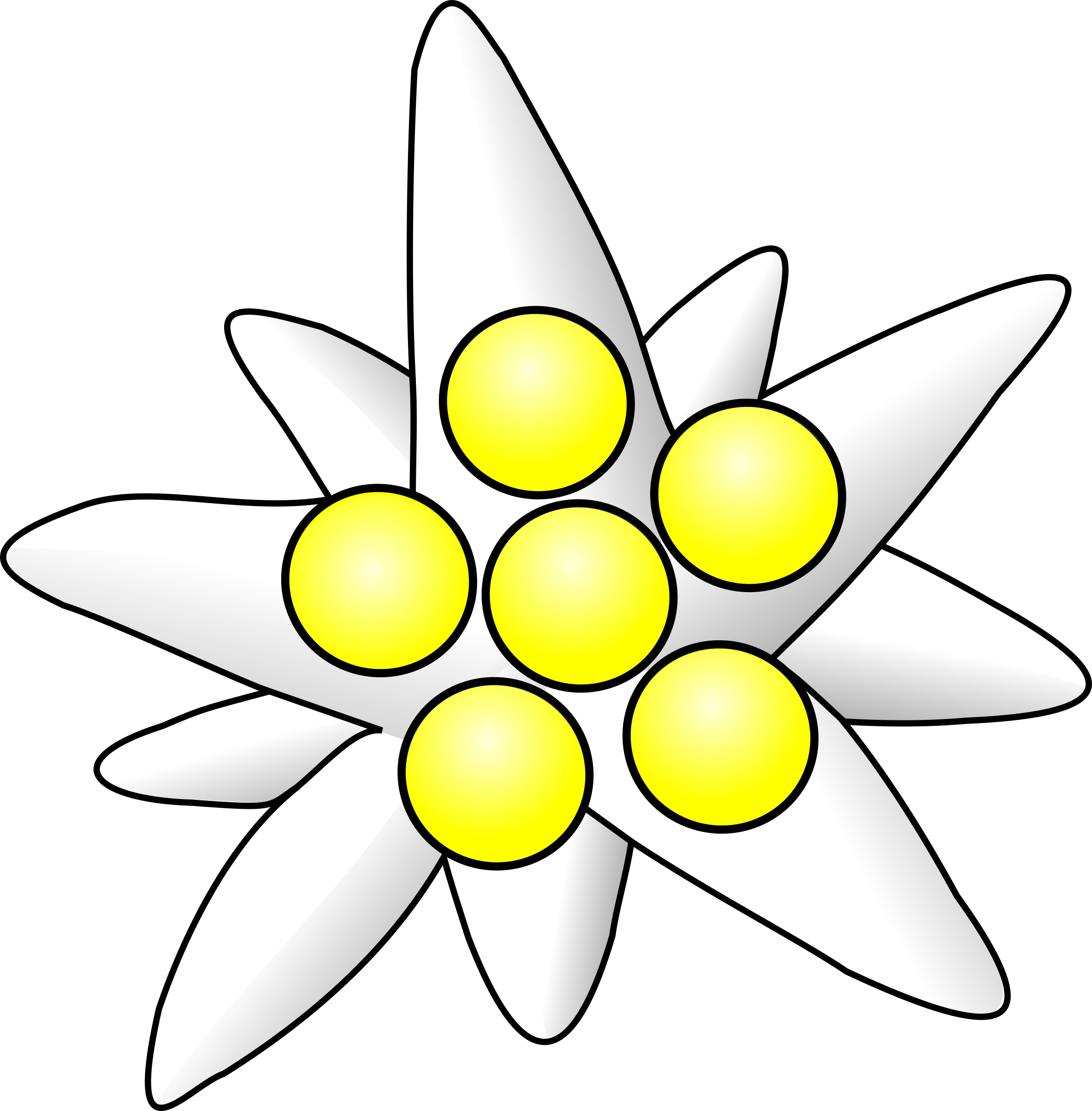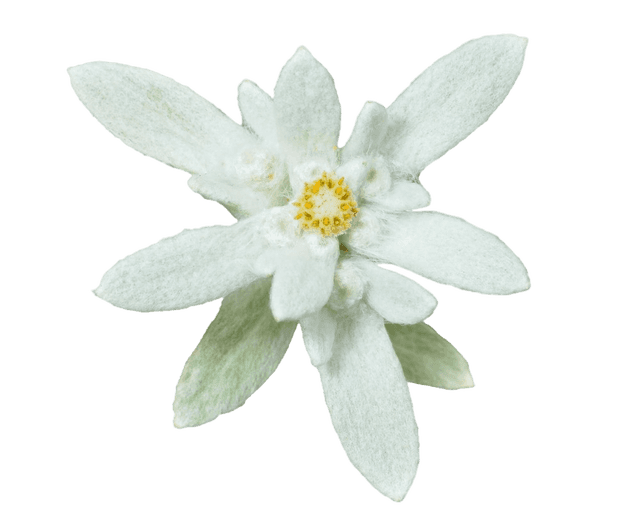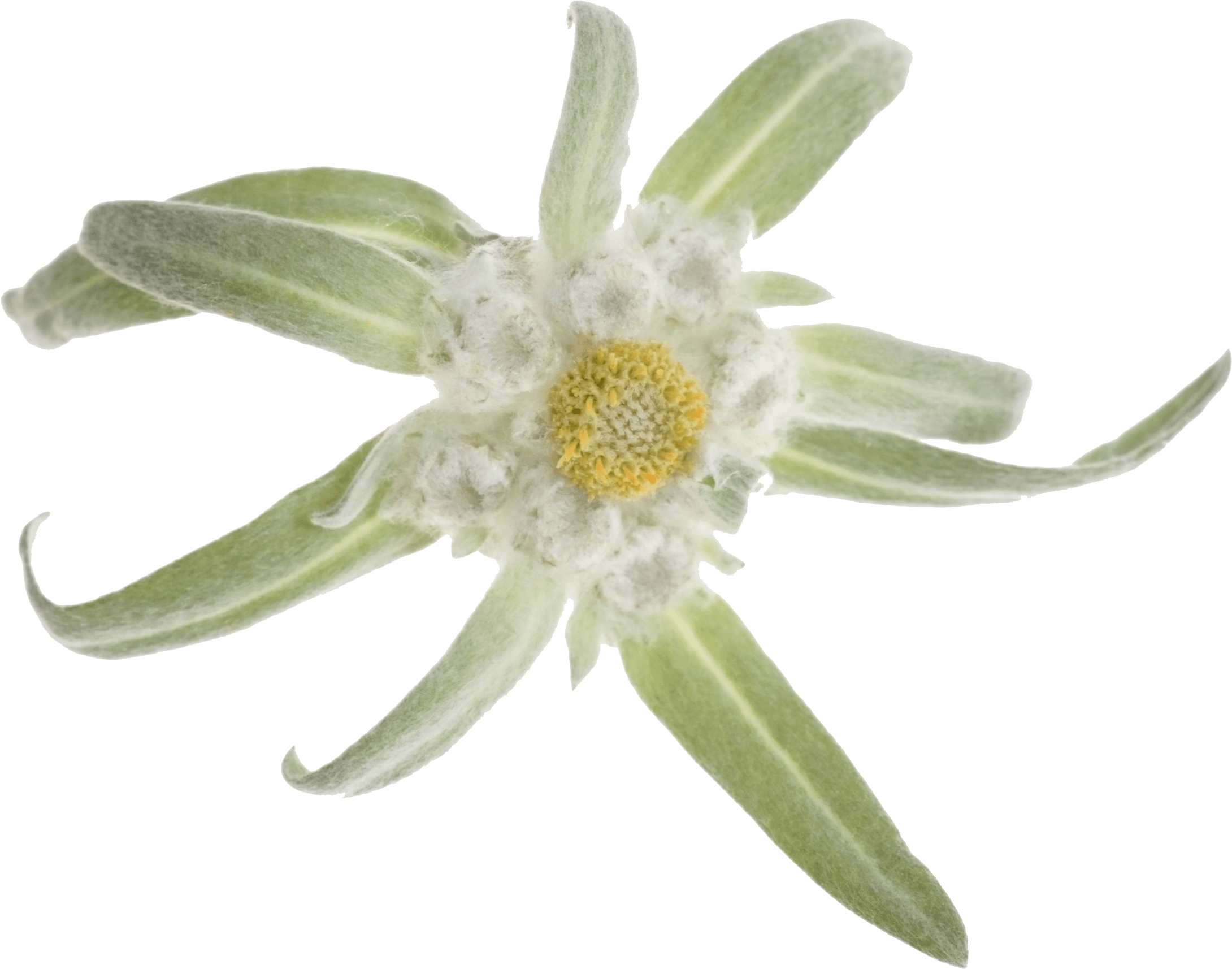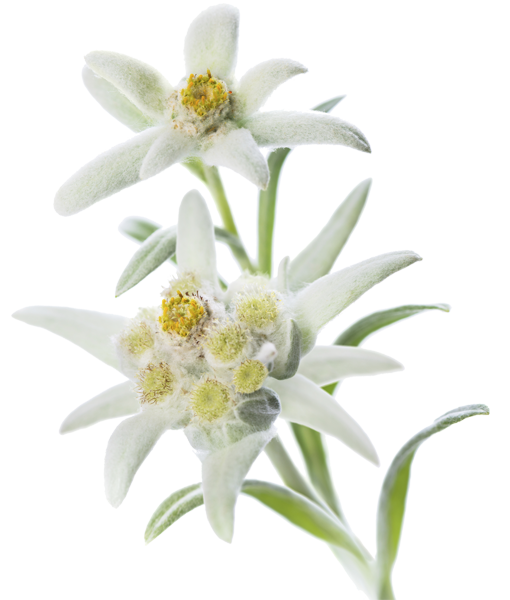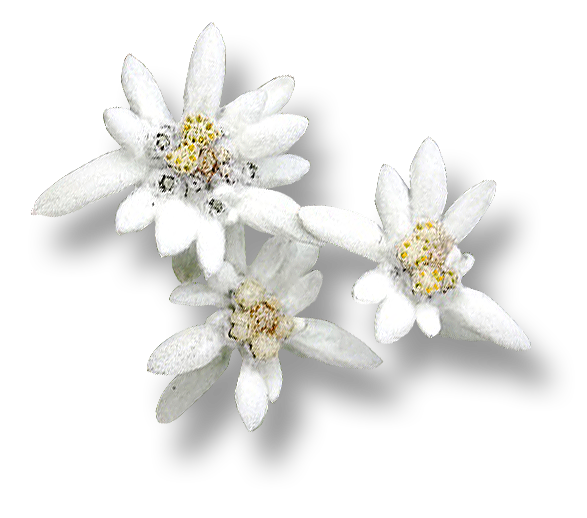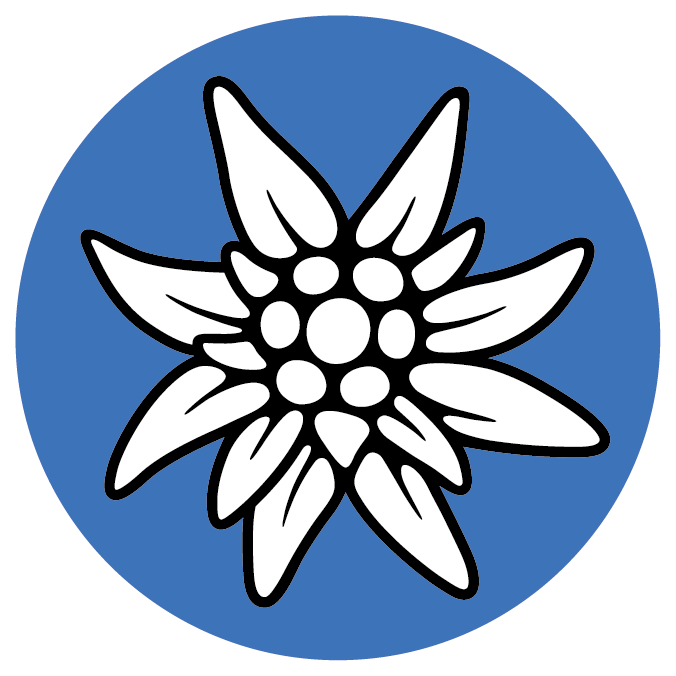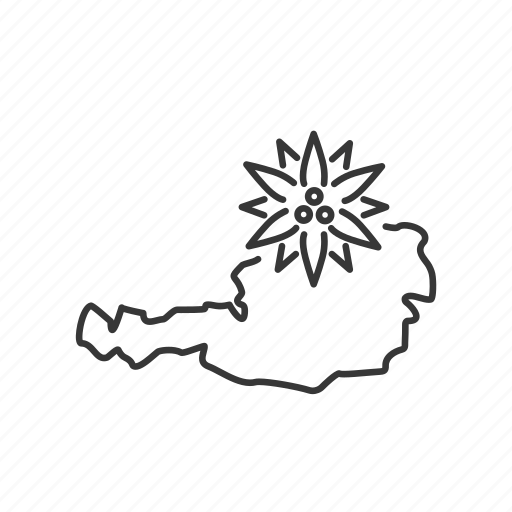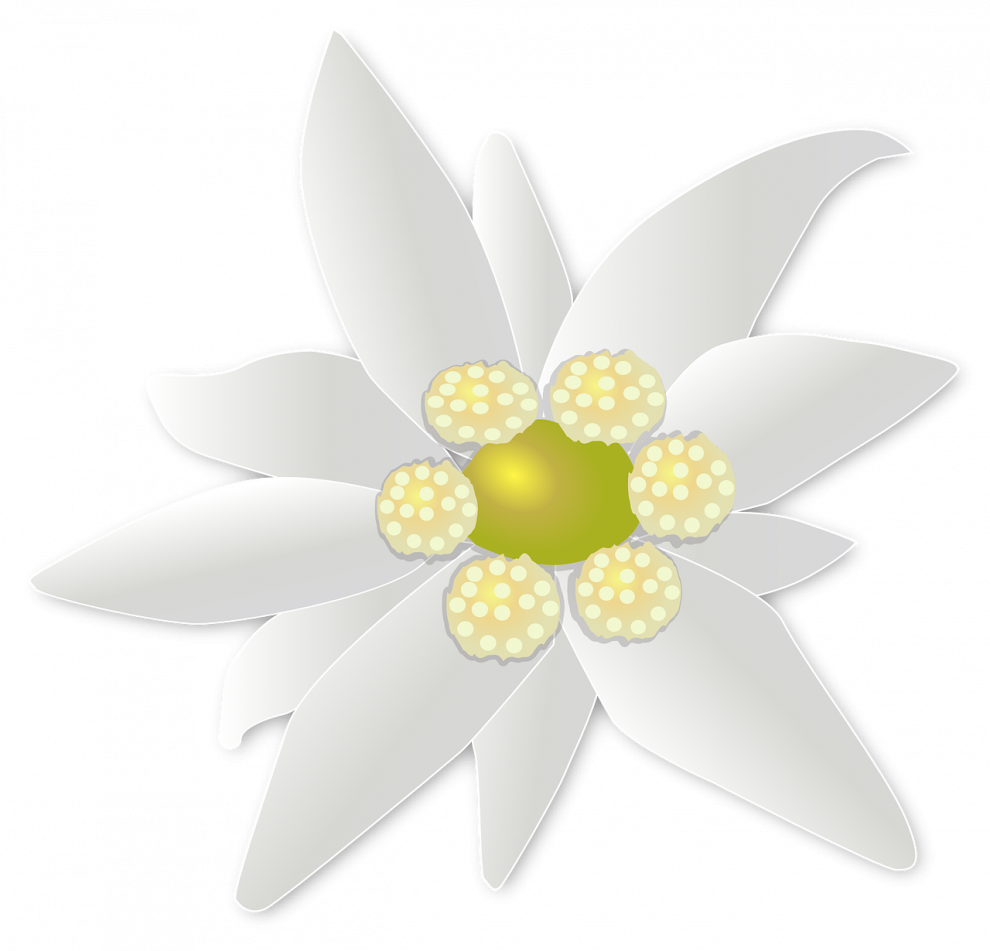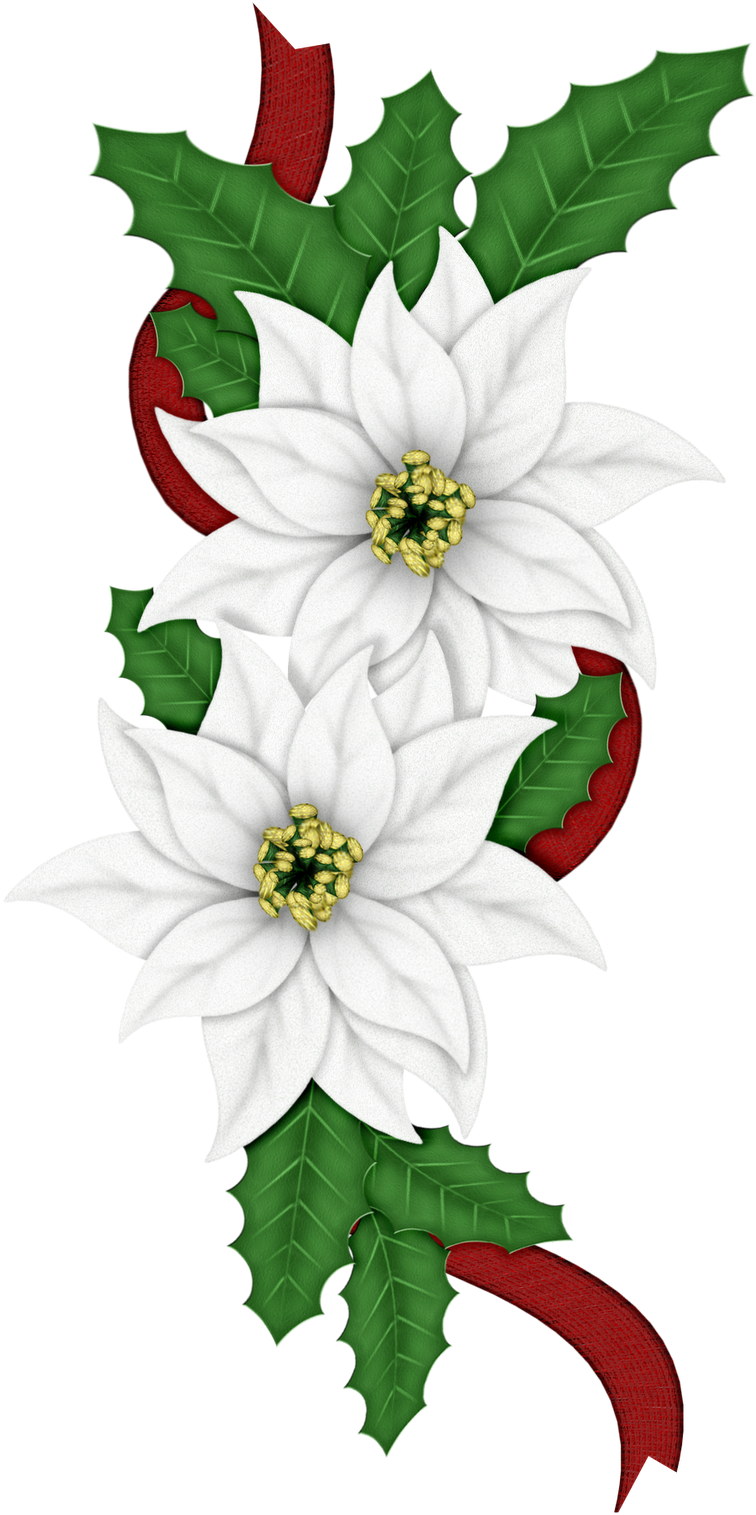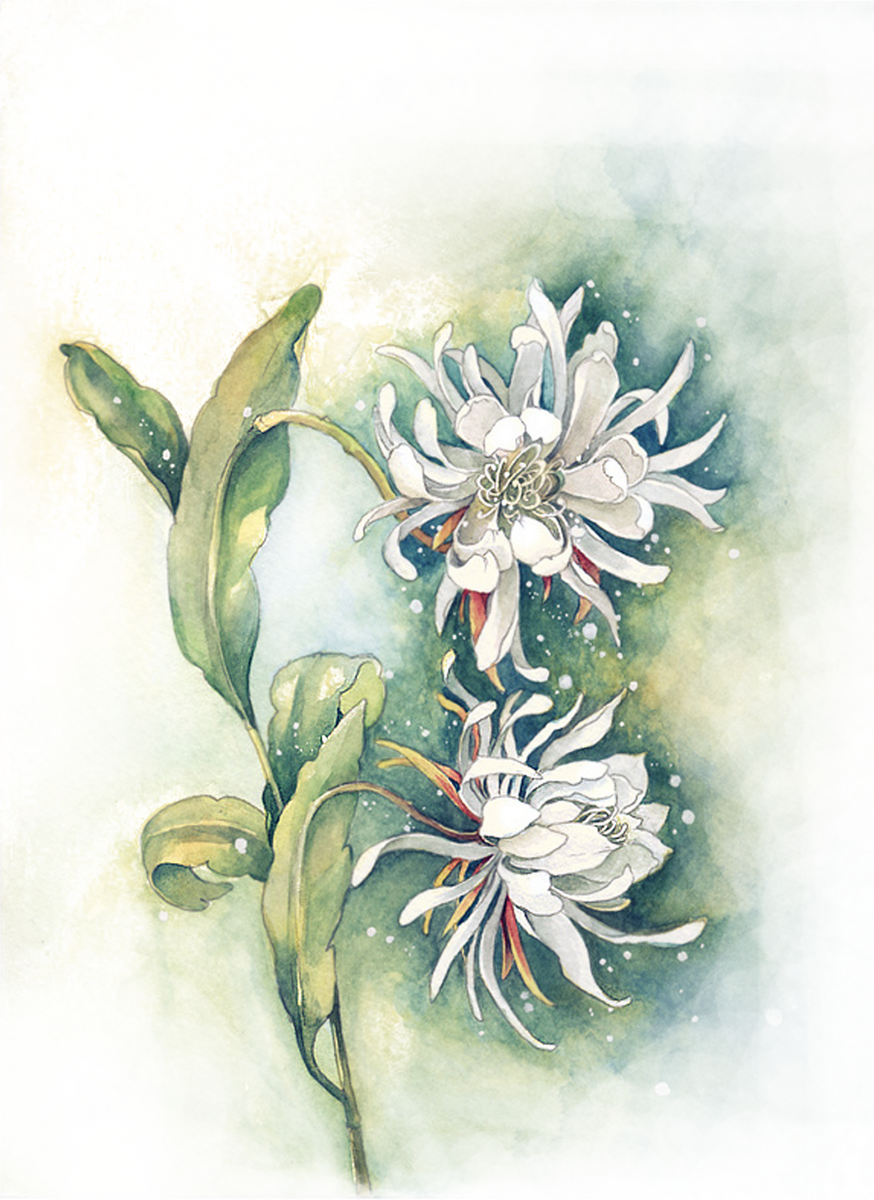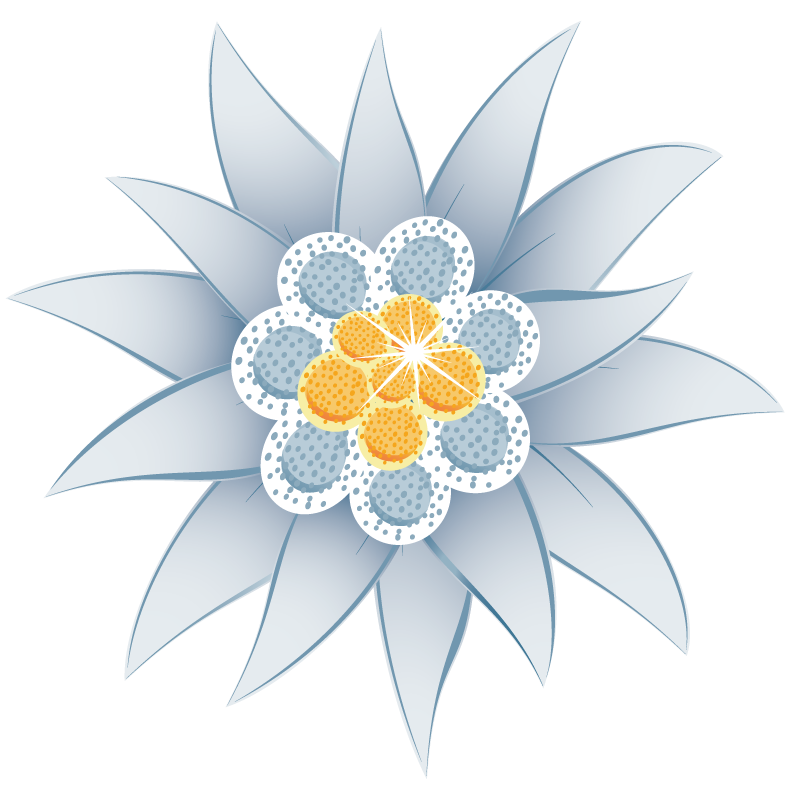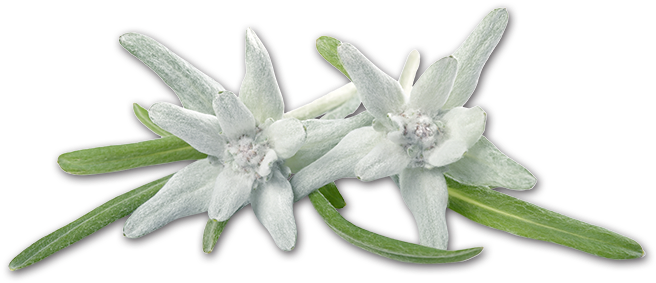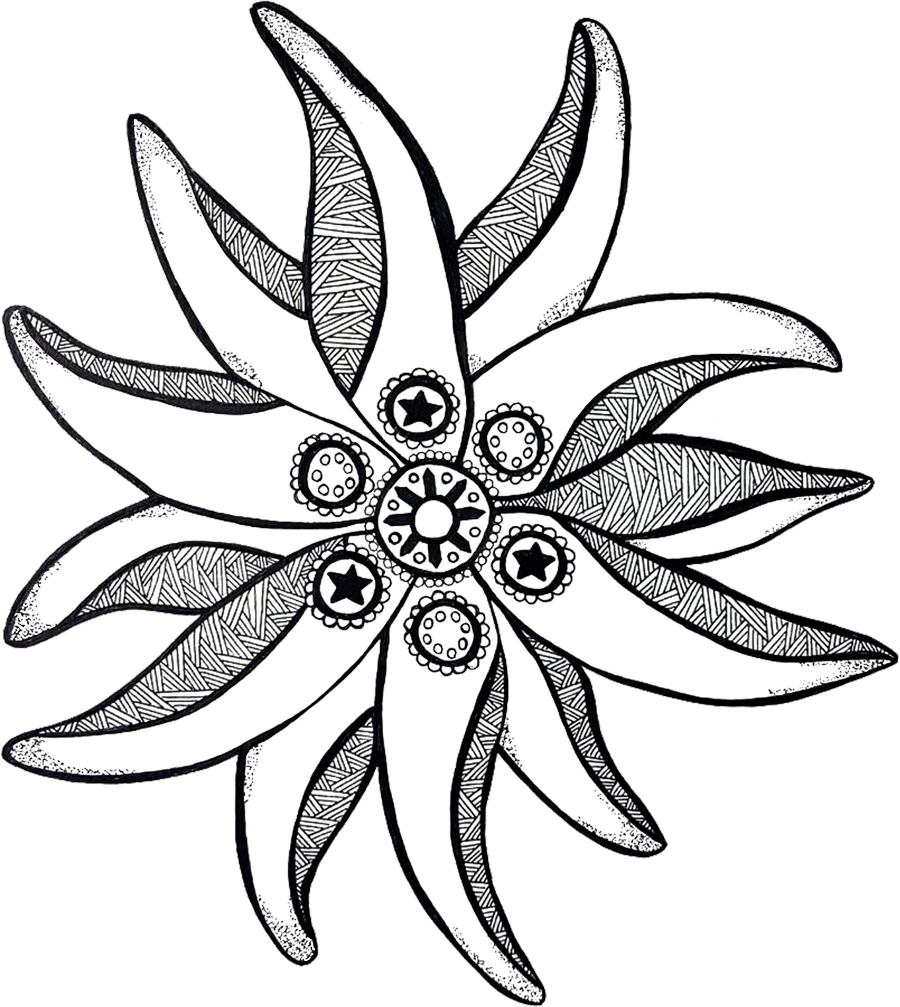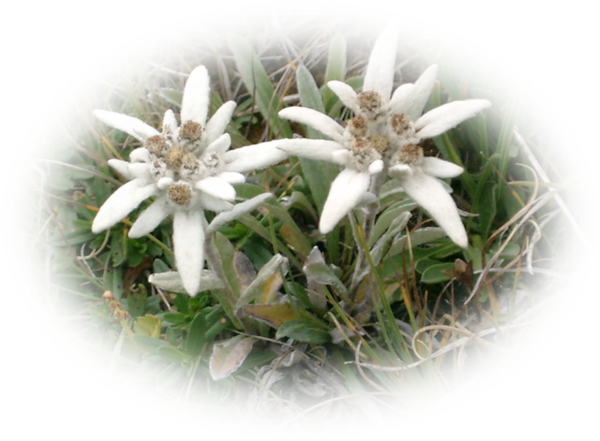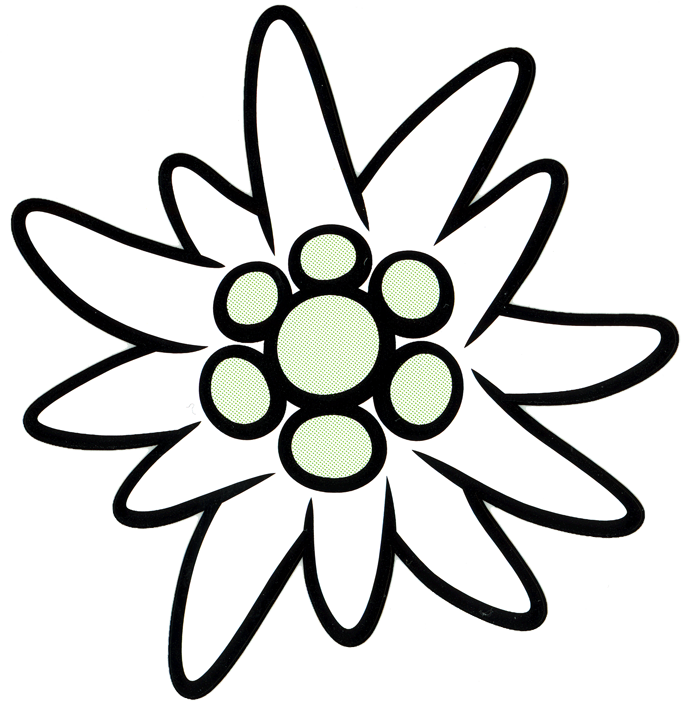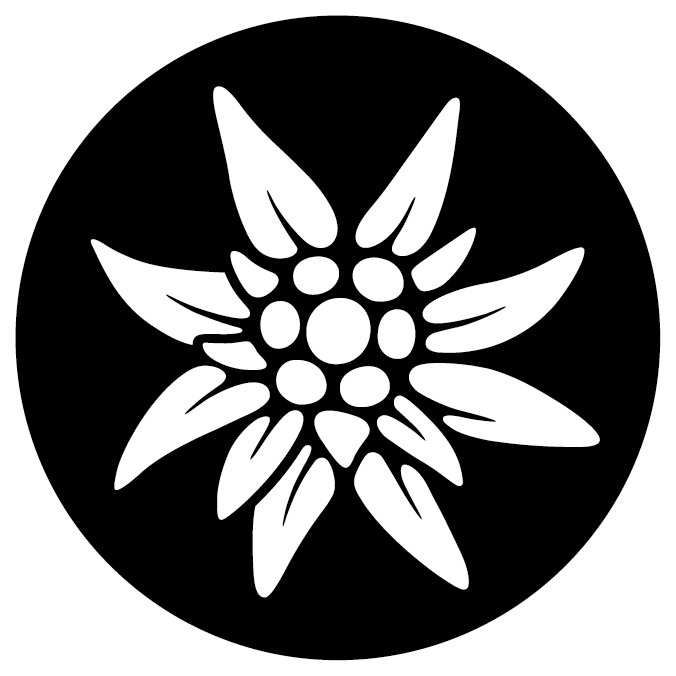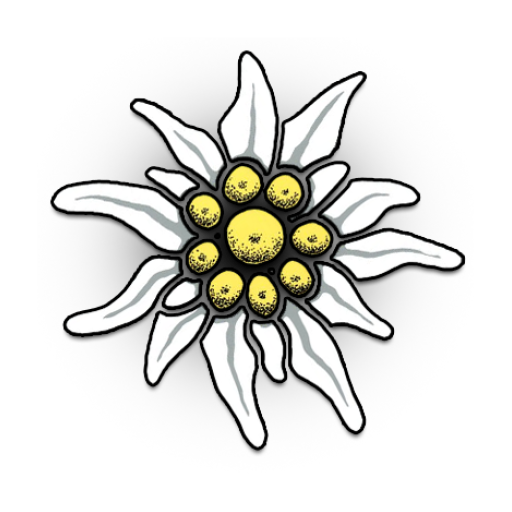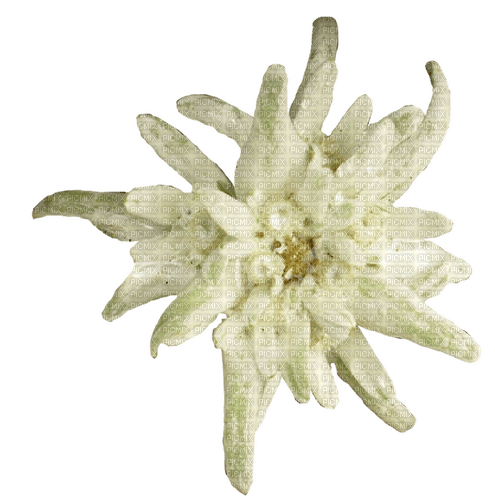Download top and best high-quality free Edelweiss PNG Transparent Images backgrounds available in various sizes. To view the full PNG size resolution click on any of the below image thumbnail.
License Info: Creative Commons 4.0 BY-NC
Leontopodium nivale, often known as edelweiss, is a mountain flower in the Asteraceae family, which includes daisies and sunflowers. The plant favors rocky limestone areas between 1,800 and 3,000 meters (5,900″9,800 feet) above sea level. It’s non-toxic, and it’s been used in traditional medicine to treat stomach and respiratory problems.
It has thick hairs on its leaves and blossoms that appear to defend the plant from cold, aridity, and UV light. It is a rare, short-lived flower found in isolated alpine places that has served as a symbol for alpinism, rugged beauty, and purity associated with the Alps and Carpathians, as well as a national emblem for Romania, Austria, Bulgaria, Mongolia, Slovenia, Switzerland, and Italy. Giving this flower to a loved one is said to be a vow of commitment, according to folklore.
The popular name for the flower comes from the German word “Edelweiß,” which is a combination of the words edel “noble” and weiß “white.” It is known in Romania as Floare de colț, which translates to Cliffhanger’s flower. The flower is known in the Italian-speaking Alps as “Stella Alpina” and in the French-speaking Alps as “Étoile des Alpes,” both of which mean “Star of the Alps.”
Edelweiß was one of numerous regional names for the plant that became popular in the context of early Alpine tourism in the first half of the nineteenth century. Chatzen-Talpen (“cat’s paws”) and the older Wullbluomen are two alternative names (“wool flower”, attested in the 16th century).
The scientific name is derived from the Greek leontopódion, which means “lion’s paw.”
Since 1822, Leontopodium has been classified as a separate genus within the tribe Gnaphalieae, rather than as part of the genus Gnaphalium. Leontopodium nivale was reclassified as a subspecies of Leontopodium alpinum in 2003. Leontopodium nivale subsp. alpinum (Cass.) Greuter and Leontopodium nivale subsp. nivale are the two subspecies of alpine edelweiss currently recognized.
White hairs cover the plant’s leaves and blooms, giving them a woolly appearance (tomentose). In the wild, edelweiss flowering stalks can reach 3″20 centimetres (1″8 in) in length, or up to 40 centimetres (16 under) in cultivation. In a double-star arrangement, each bloom has five to six little yellow clustered spikelet-florets (5 mm, 316 in) surrounded by fuzzy white “petals” (actually, bracts). Between July and September, the blooms blossom.
In the mid-nineteenth century, a passion for edelweiss, which had previously been overlooked, arose. The focus is on an episode from 1856, when Emperor Franz Joseph I of Austria and his wife Sisi went on a mountain trip to the Pasterzen Glacier on the Großglockner.
“The first in my life that I chose myself,” the emperor said as he picked an edelweiss for his bride from the high cliff. The renowned couple’s fondness for edelweiss was well-documented, and this well-known narrative drew attention to this mountain plant.
The plant became renowned as an emblem of Empress Elisabeth of Austria. Empress Elisabeth has nine artificial edelweiss stars braided in her hair in a painting by Franz Xaver Winterhalter made in 1865. Alexander Emanuel Köchert, the then court and chamber jeweler, developed the precious metal and diamond jewelry in the years after 1850.
Download Edelweiss PNG images transparent gallery.
- Edelweiss PNG Images HD
Resolution: 612 × 408
Size: 172 KB
Image Format: .png
Download
- Edelweiss PNG Free Image
Resolution: 720 × 539
Size: 708 KB
Image Format: .png
Download
- Edelweiss PNG Image File
Resolution: 750 × 1280
Size: 270 KB
Image Format: .png
Download
- Edelweiss PNG
Resolution: 800 × 221
Size: 135 KB
Image Format: .png
Download
- Edelweiss Plant PNG Images HD
Resolution: 960 × 662
Size: 138 KB
Image Format: .png
Download
- Edelweiss Plant PNG Free Image
Resolution: 471 × 480
Size: 97 KB
Image Format: .png
Download
- Edelweiss PNG Pic
Resolution: 640 × 479
Size: 61 KB
Image Format: .png
Download
- Edelweiss Plant PNG
Resolution: 2400 × 2000
Size: 5034 KB
Image Format: .png
Download
- Edelweiss PNG File
Resolution: 692 × 800
Size: 211 KB
Image Format: .png
Download
- Edelweiss Plant PNG Pic
Resolution: 900 × 1078
Size: 414 KB
Image Format: .png
Download
- Edelweiss Plant PNG File
Resolution: 2358 × 2400
Size: 417 KB
Image Format: .png
Download
- Edelweiss PNG Image
Resolution: 640 × 517
Size: 62 KB
Image Format: .png
Download
- Edelweiss Plant PNG Image
Resolution: 2180 × 1714
Size: 559 KB
Image Format: .png
Download
- Edelweiss Plant PNG Photo
Resolution: 510 × 600
Size: 257 KB
Image Format: .png
Download
- Edelweiss Plant PNG Cutout
Resolution: 587 × 518
Size: 244 KB
Image Format: .png
Download
- Edelweiss PNG Photo
Resolution: 676 × 676
Size: 73 KB
Image Format: .png
Download
- Edelweiss PNG Cutout
Resolution: 512 × 512
Size: 27 KB
Image Format: .png
Download
- Edelweiss Plant PNG Images
Resolution: 805 × 720
Size: 73 KB
Image Format: .png
Download
- Edelweiss PNG Images
Resolution: 512 × 512
Size: 36 KB
Image Format: .png
Download
- Edelweiss PNG Photos
Resolution: 512 × 512
Size: 21 KB
Image Format: .png
Download
- Edelweiss Transparent
Resolution: 1024 × 1024
Size: 88 KB
Image Format: .png
Download
- Edelweiss Plant PNG Photos
Resolution: 990 × 951
Size: 608 KB
Image Format: .png
Download
- Edelweiss
Resolution: 756 × 1515
Size: 1370 KB
Image Format: .png
Download
- Edelweiss PNG Clipart
Resolution: 512 × 512
Size: 37 KB
Image Format: .png
Download
- Edelweiss Plant
Resolution: 874 × 1200
Size: 3480 KB
Image Format: .png
Download
- Edelweiss Plant Transparent
Resolution: 800 × 800
Size: 203 KB
Image Format: .png
Download
- Edelweiss PNG Picture
Resolution: 656 × 283
Size: 215 KB
Image Format: .png
Download
- Edelweiss Plant PNG Clipart
Resolution: 900 × 1007
Size: 849 KB
Image Format: .png
Download
- Edelweiss Plant PNG Picture
Resolution: 600 × 441
Size: 459 KB
Image Format: .png
Download
- Edelweiss PNG HD Image
Resolution: 681 × 701
Size: 314 KB
Image Format: .png
Download
- Edelweiss Plant PNG HD Image
Resolution: 1480 × 520
Size: 225 KB
Image Format: .png
Download
- Edelweiss Plant PNG Image HD
Resolution: 676 × 676
Size: 25 KB
Image Format: .png
Download
- Edelweiss PNG Image HD
Resolution: 759 × 672
Size: 37 KB
Image Format: .png
Download
- Edelweiss Plant No Background
Resolution: 512 × 512
Size: 157 KB
Image Format: .png
Download
- Edelweiss No Background
Resolution: 495 × 500
Size: 86 KB
Image Format: .png
Download
